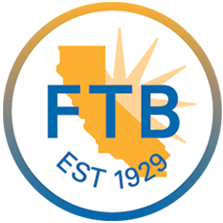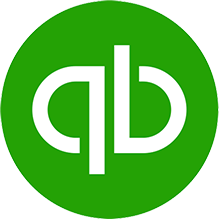
To ensure financial options later in life, saving and investing as much as possible during your working years is the way to go. It’s the best ways to ensure a comfortable retirement while taking full advantage of tax benefits and employer contributions. If you’re looking to max out your 401(k) and optimize your retirement savings, follow these key strategies.
Ways to Max Out Your 401(k)
If you decide to switch careers or retire early, investing and saving as much as possible now is a smart way to help close the retirement gender gap. With this in mind, here are some helpful ideas on how to max out your 401(k).
1. Understand Contribution Limits
Each year, the IRS sets contribution limits for 401(k) plans. For 2024, the maximum contribution is $23,000 for individuals under 50, with an additional $7,500 catch-up contribution allowed for those 50 and older. Keep an eye on these limits, as they may increase over time.
2. Start Early and Increase Contributions Gradually
If you’re not currently maxing out, start by increasing your contributions incrementally. Even a 1-2% increase each year can make a significant difference over time. Automating contributions can help you stay on track without feeling the financial strain.
3. Take Advantage of Employer Matching
Many employers offer a matching contribution, typically up to a percentage of your salary. Ensure you contribute at least enough to receive the full match, as this is essentially free money added to your retirement savings
4. Leverage Pre-Tax and Roth 401(k) Options
A traditional 401(k) allows pre-tax contributions, reducing your taxable income, while a Roth 401(k) involves post-tax contributions, offering tax-free withdrawals in retirement. Depending on your financial situation, you may want to contribute to both types to diversify your tax benefits.
5. Cut Unnecessary Expenses to Boost Contributions
Review your budget and identify areas where you can cut back to increase your 401(k) contributions. Redirecting discretionary spending, such as dining out or subscriptions, can help you reach the contribution limit.
6. Maximize Bonuses and Windfalls
Use annual bonuses, tax refunds, or other unexpected income sources to increase your 401(k) contributions. Many plans allow one-time contributions from bonuses, making it easier to reach the annual limit.
7. Rebalance Your Investments Regularly
Ensure your 401(k) investments align with your retirement goals and risk tolerance. Regularly review and rebalance your portfolio to maintain a healthy asset allocation and take advantage of market growth.
8. Consider After-Tax Contributions and Mega Backdoor Roth
If you’ve maxed out your traditional 401(k) contributions and still have room in your budget, check if your employer allows after-tax contributions. Some plans also offer a Mega Backdoor Roth conversion, allowing you to contribute beyond the standard limit and convert funds into a Roth account.
9. Keep Track of IRS Changes and Plan Rules
Tax laws and contribution limits change over time. Stay informed about IRS updates and review your plan’s rules to ensure you’re maximizing every opportunity available.
10. Seek Professional Advice
If you’re unsure about the best strategy for your situation, consult a financial advisor. A professional can help tailor a plan to your specific goals and maximize your retirement savings effectively.
Conclusion
By following these strategies, you can max out your 401(k) and build a solid foundation for your future retirement. The tax experts at The Ray Group can help you take full advantage of tax benefits and employer contributions, ensuring a financially secure retirement.
You may also enjoy reading: IRS Increase 2025 Standard Rate Mileage to 70 Cents Per Mile







